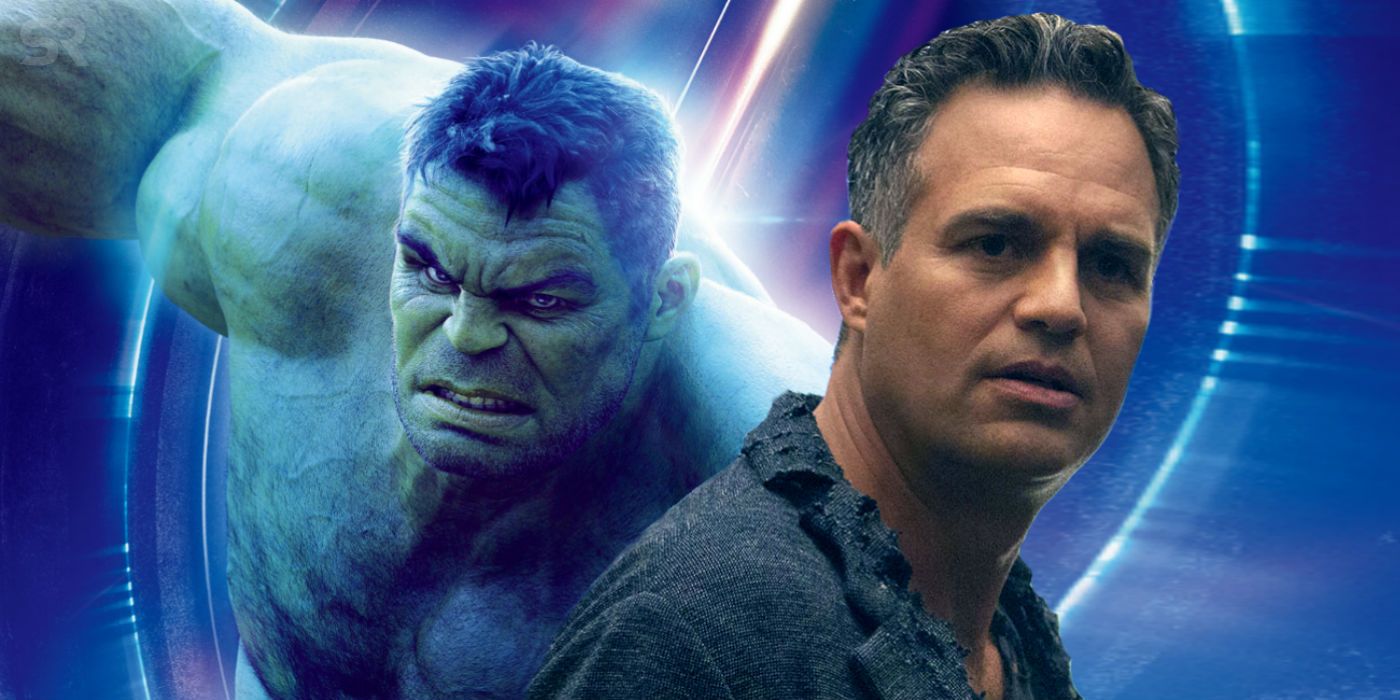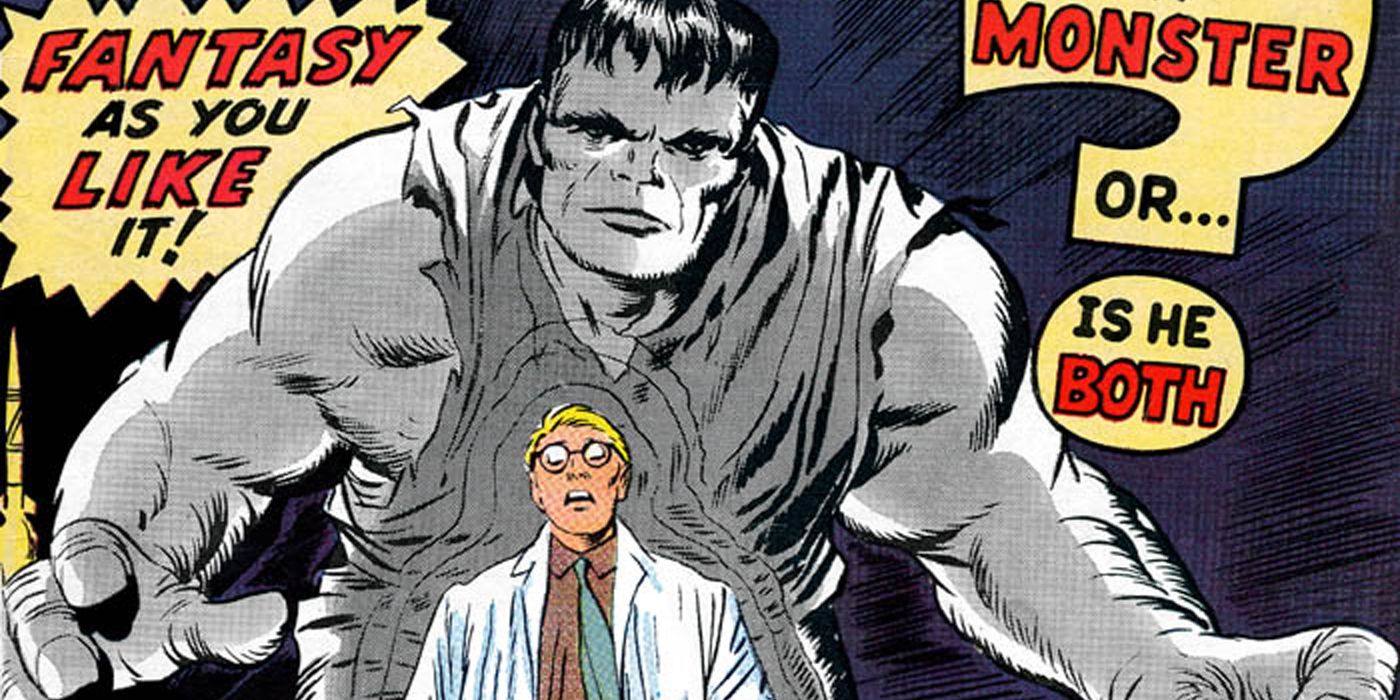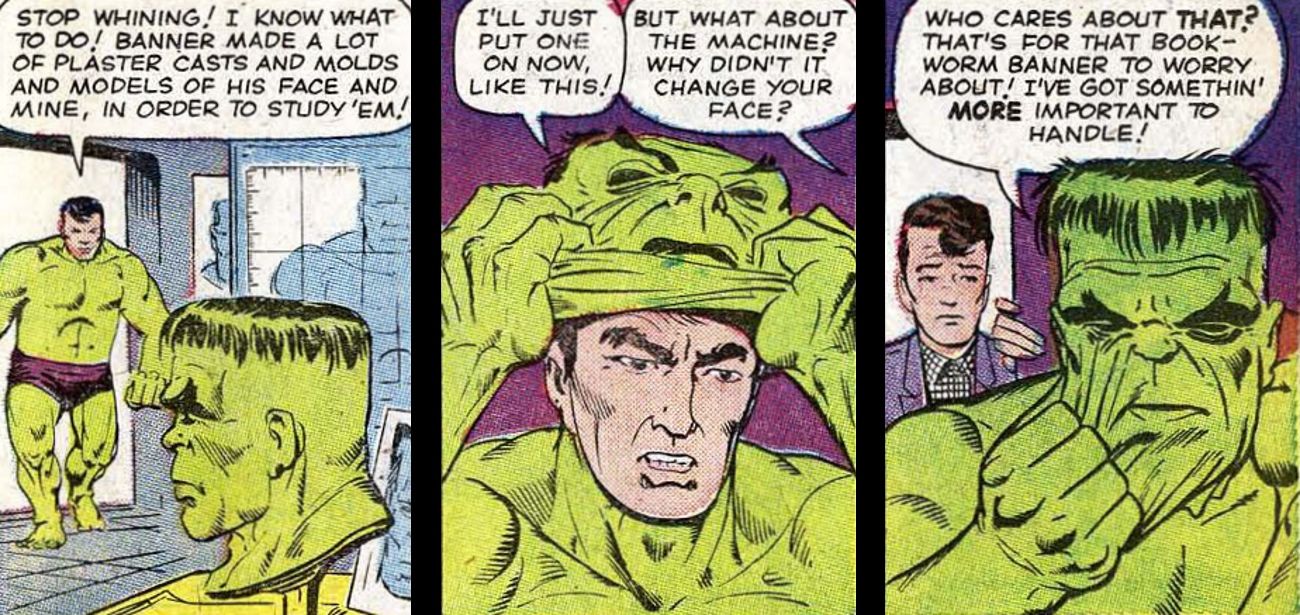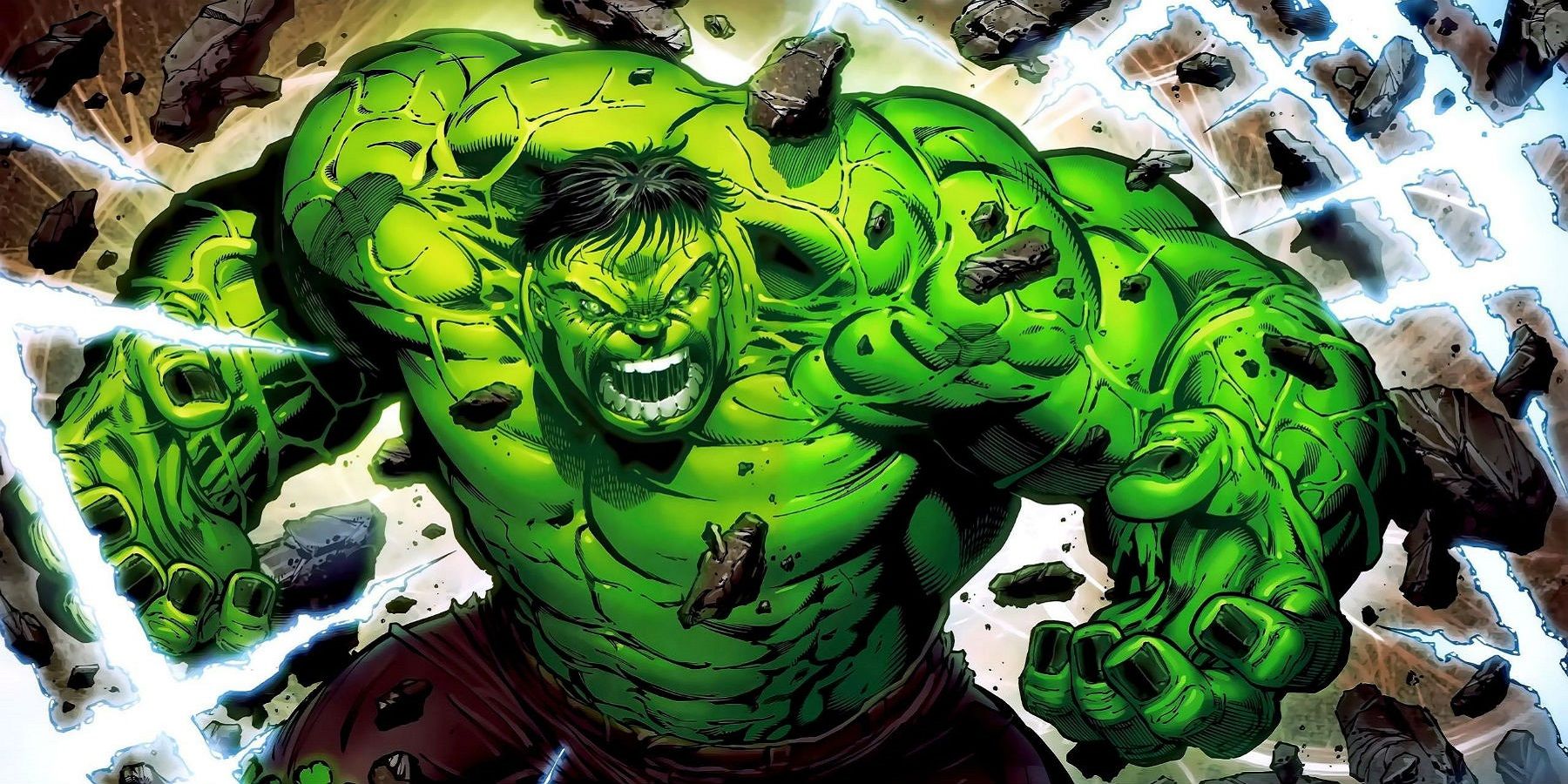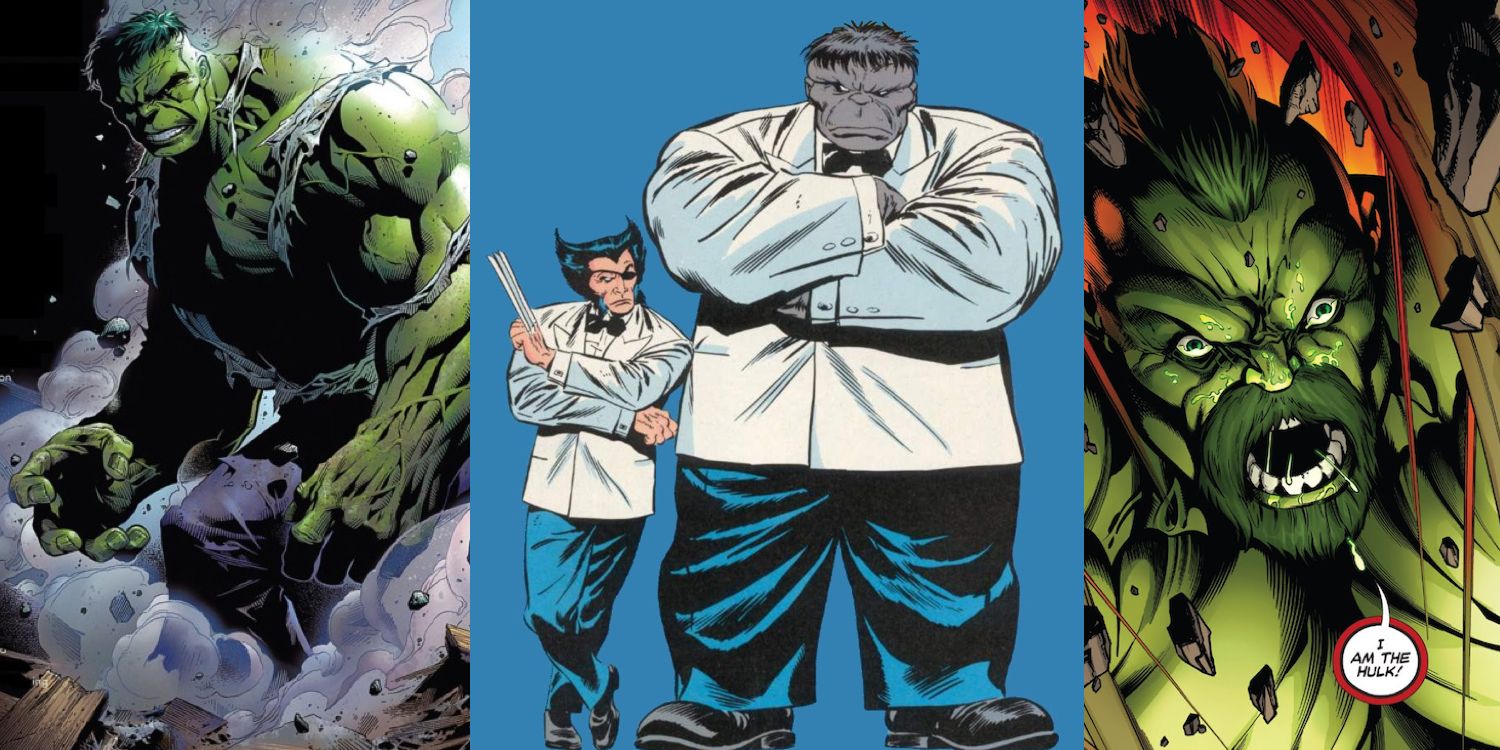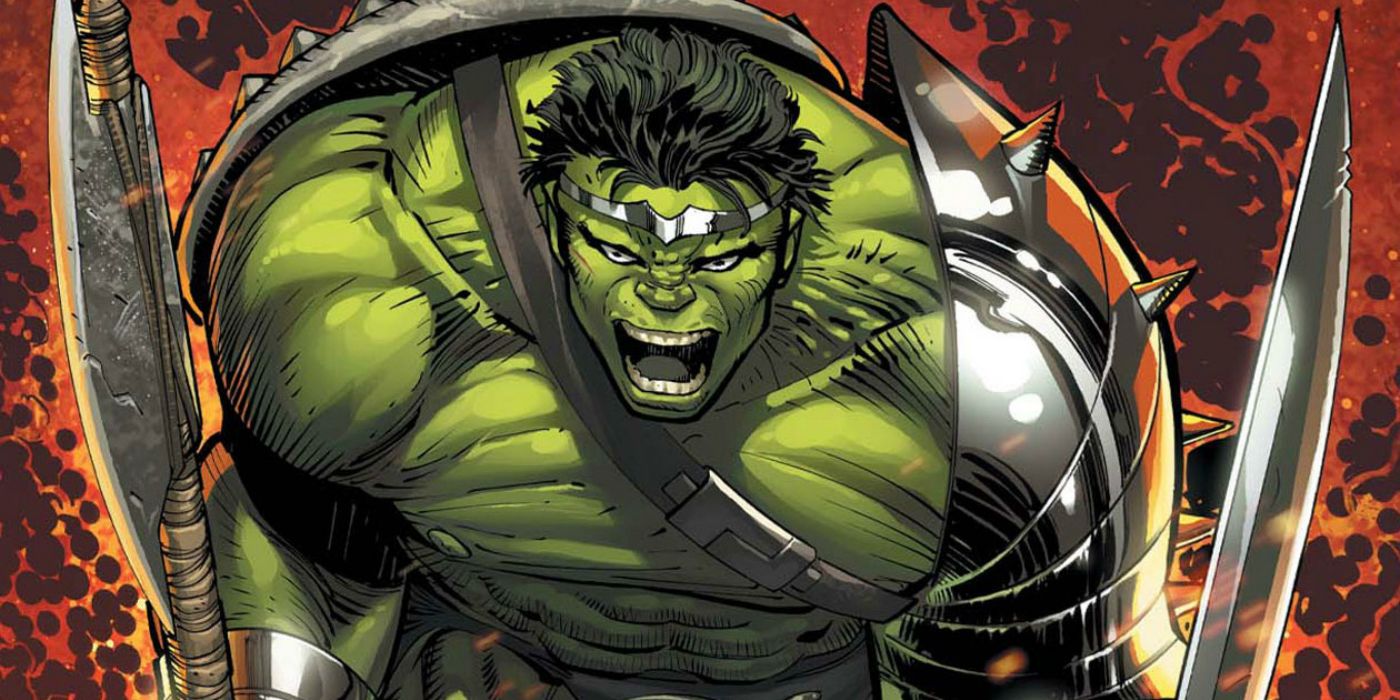Mark Ruffalo’s Incredible Hulk may be a fan-favorite in the Marvel Cinematic Universe, but that only makes it more surprising that when Hulk was first introduced in 1962, he was not a popular Marvel hero. In fact, the first volume of The Incredible Hulk was canceled after only six issues, due to poor sales!
Even after the Hulk returned to lead his own Marvel series, many writers didn’t know how to keep him interesting for readers over the long haul. It's a strange twist of fate that even now, getting a Hulk solo movie made seems almost impossible. So to hopefully shed some light on the problem, let's take a closer look at WHY the Hulk wasn’t initially well received by comic creators or readers – and how the many missteps of his creation eventually made him a complex and engaging character for comics, television shows, and movies.
Comic Writers Didn’t Know What to Do With the Hulk
Stan Lee would later state that he originally wanted the Hulk to be an amalgam of the classic Frankenstein and Dr. Jekyll and Mr. Hyde, causing scientist Bruce Banner to transform back and forth, from man to monster after being exposed to gamma rays. Lee also claimed he wanted the Hulk to be a sympathetic monster, and had artist Jack Kirby draw a sad-eyed, grey (not green) monster who shambled through the desert fighting the army. Both of those character beats will sound familiar to audiences... however, the first issue of The Incredible Hulk depicts its star as a bully, wanting to use his strength to take over the world. This original Hulk also transforms into a monster at night and reverts to Banner at sunrise, without needing to get angry at all. This Hulk is also intelligent, speaking in complete, albeit melodramatic sentences.
Lee changed the Hulk into a green-skinned creature in the second issue (after printing problems couldn’t keep the grey skin tone consistent, but that wasn’t the only change he made. In the third issue the Hulk went from being a slow-moving monster to one that can travel quickly via superhuman leaps. He stayed Hulk in the daytime, and became a mindless, golem-like creature controlled by his sidekick Rick Jones. In issue four, Banner built a machine to transform into Hulk with HIS brain in the Hulk’s body (much like Mark Ruffalo’s Professor Hulk in Avengers: Endgame) but developed a cruel personality. Issue six saw one of the Hulk’s most bizarre transformations, when Banner’s body transformed into the Hulk’s green form... but his head remained human, requiring him to wear a Hulk mask. (Yes, this actually happened.)
Lee was clearly trying to figure out what to do with the Hulk, but with so many abrupt changes to the character, readers couldn’t relate to the Green/Grey Goliath, and the comic was canceled. The Hulk then resurfaced in The Avengers #1 (1963), becoming a founding member of the superhero team just like in the MCU's version. Unlike the movie, however, Hulk quits the team in the second issue and becomes a villain in the third, with anti-hero Namor the Submariner. During this time, writers and artists kept making the Hulk’s personality and powers undergo more and more weird shifts.
Banner started changing into the Hulk whenever he felt stressed in Tales to Astonish #59 – but the Hulk also turned back into Banner when he felt too stressed as well (meaning he could get weaker if he got too angry). By Tales to Astonish #70, Hulk states the madder he gets the stronger he gets. While he was smart and articulate in most of his initial appearances, by Tales to Astonish #66, he became childlike and began speaking in the third person halfway through the story for no apparent reason. Stan Lee even made unintentional changes to Hulk’s human alter ego, Dr. Bruce Banner – accidentally calling him Bob Banner multiple times (due to Lee’s poor memory for names). Later writers would retcon this by stating Banner’s full name was Robert Bruce Banner and that he went by his middle name.
Hulk Stories Became Formulaic
Some of these strange bits of Incredible Hulk history did resonate with readers, and a popular consensus was soon reached: a scientist who transformed into a savage green monster whenever he got angry or stressed. This status quo was further cemented into the public consciousness by the popular Incredible Hulk live action TV series, where Lou Ferrigno’s Hulk was portrayed as a mute, simple-minded (but good hearted) green giant. Eventually, his renewed popularity gave the Hulk his own comic book again, and Tales to Astonish was renamed The Incredible Hulk with Issue #102.
Unfortunately, once the Hulk’s basic tropes were established, writers ran into another problem: Hulk stories became too repetitive and predictable. Banner was constantly looking for a cure to the Hulk (which he could never find, lest the comic end). Most stories also saw Banner solving his problems by smashing them, which proved monotonous and didn’t leave a lot of room for character growth. Legendary science fiction writer Harlan Ellison wrote an issue where the Hulk (with Banner’s mind) become the king of the sub-microscopic world of K’ai, and consort of the green-skinned Empress Jarella. Writer Bill Mantlo introduced the idea that Banner was abused as a child by his father, and that the Hulk was a physical manifestation of his repressed rage. Writer-artist Al Milgrom brought back the intelligent grey Hulk, retconning the original color change by stating the Hulk really was smart and grey originally. But even with these tales, the basic status quo would return, interest in the Hulk would dwindle, and comic book sales would drop.
Reimagining the Incredible Hulk… Again and Again
In 1986, Hulk editor Bob Harras hired Marvel’s direct sales manager, Peter David, to write The Incredible Hulk since, according to Peter David in his blog, But I Digress…, nobody else wanted to. Since no one was paying attention to the Hulk, David was given the freedom to do anything he wanted with the character. As he studied the Hulk’s history, David realized all the inconsistencies in the Hulk’s personality over the years, along with Banner’s history of child abuse, and suggested Banner had Multiple Personality Disorder (MPD). Seizing on this idea, David crafted personalities for several different versions of the Hulk, which re-defined the Hulk’s status quo.
The grey Hulk became the hedonistic, suit wearing Joe Fixit who worked as a Las Vegas casino enforcer (similar to how the MCU Hulk became a self-indulgent gladiator in Thor: Ragnarok). The green and grey Hulks later merged with Banner during a hypnotic counseling session with the superhuman psychiatrist Doc Samson, forming an intelligent, unrepressed green Hulk (again, like the one seen in Avengers: Endgame). This Hulk also had an unusual failsafe: Much like the way the Hulk used to transform back into Banner when he got too stressed, the Professor Hulk would transform into a savage Bruce Banner if he got too angry – giving him a unique weakness. Professor Hulk also ran the risk of turning into the Maestro, a corrupt alternate personality who, in one future timeline, ruled over a post-apocalyptic wasteland until he was stopped by his heroic past self.
Establishing this fractured psyche allowed later writers to create more personalities for the Hulk and tell deeper, character-driven stories. Greg Pak introduced the cunning and insanely powerful Worldbreaker Hulk in the Planet Hulk storyline (which would also be partially adapted into Thor: Ragnarok). More recently, The Immortal Hulk writer and artist Al Ewing and Joe Bennett created a Hulk who can smell lies and, as the title suggests, resurrect himself from dead. Where past writers struggled for years to find a character for the Hulk that was popular with readers, by viewing the Hulk’s contradictory personality and powers as an essential part of his nature, comic book writers can now create multiple Hulks, each with its own appeal for new audiences.
With the MCU Bruce Banner apparently accepting his Hulk side and becoming Professor Hulk, one might think his character arc has come to an end. However, given the Hulk’s history in the comics and the trauma he experienced during the events of Avengers: Endgame, Banner may continue manifesting new personalities in future MCU movies, including dangerous ones like the Maestro or Worldbreaker Hulk. With a She Hulk Disney+ TV series on the horizon, it’s possible the MCU isn’t done experimenting with Dr. Bruce Banner, and fans may see a new version of The Incredible Hulk emerging soon.

